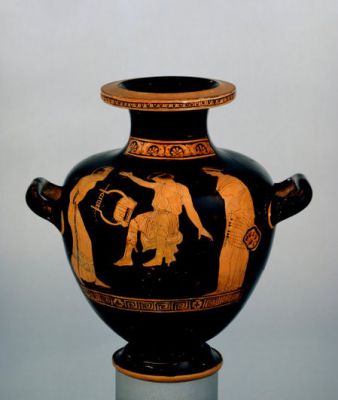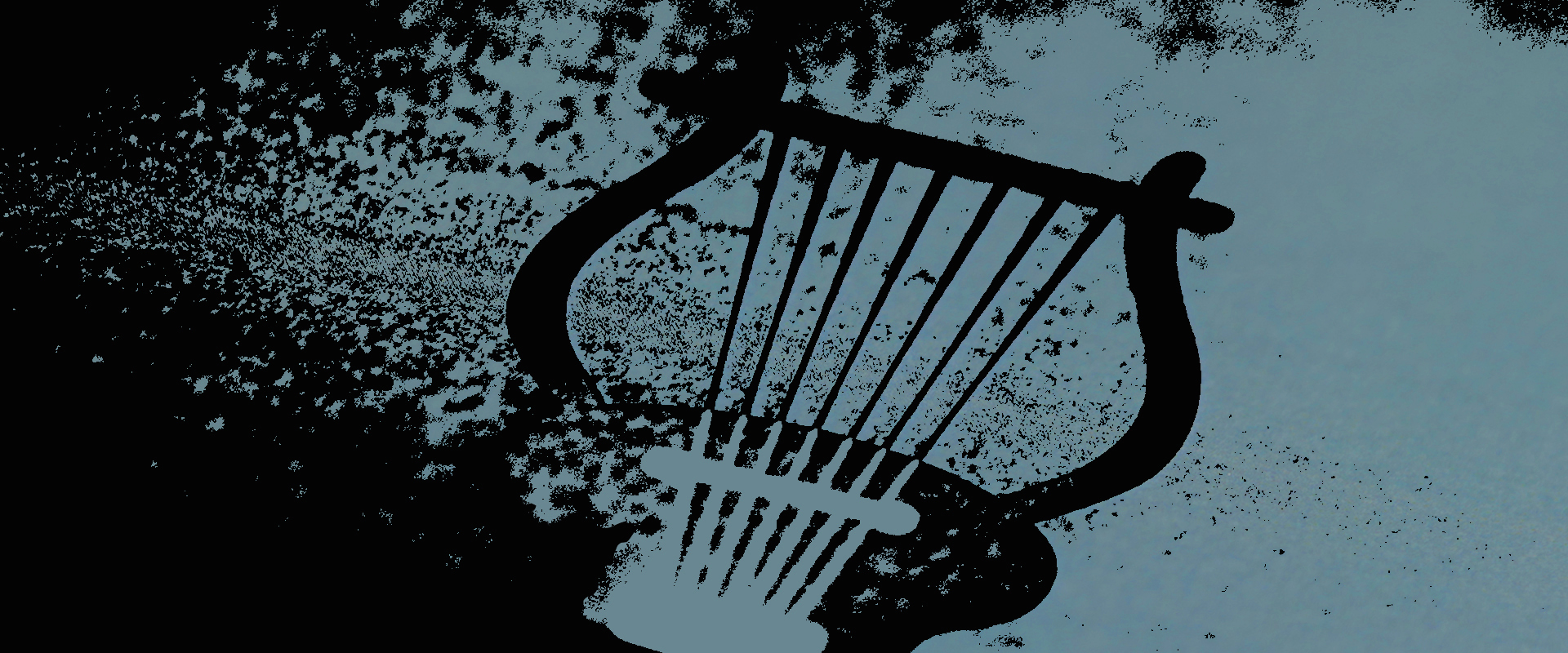
Legendary musician of Thracian origin, who excelled both at singing and at the lyre. According to the most common tradition, he was the son of the musician Philammon and the Nymph Argiope. Her home was on Mount Parnassus, but when she became pregnant she went to Thrace and settled among the Odrysians, because Philammon refused to take her into his house. Thamyris was taught by the famed musician Linus, and is considered the inventor of the Doric mode. He once, following in his father’s footsteps, won a prize in a musical contest at Delphi, a success that led him to boast that he could win even if the Muses themselves were taking part. Incensed by his conceit, they met him at Dorion in Messenia and punished him with blindness and the loss of his voice; this story is also mentioned by Homer. Apollodorus says that Thamyris fell in love with Hyacinthus and was the first to love one of his own sex; later, Apollo also fell in love with Hyacinthus, but accidentally killed him when throwing a discus. Thamyris then engaged in a contest with the Muses, the terms being that if he won, he would enjoy the favours of each one in turn, while if he lost they could punish him as they pleased. The Muses duly won and deprived him of sight and musical skill. Pausanias adds that the river Balyras in Messenia derives its name from this encounter, because Thamyris threw his lyre into that stream after his defeat and punishment. Later, Pausanias offers the opinion that Thamyris was not blinded by the Muses but by some disease of the eyes, as was the case with Homer as well; the difference between them lies in the fact that while Homer continued to practise his art, Thamyris allowed himself to be defeated by his afflictions.
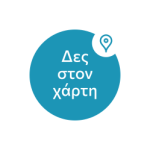



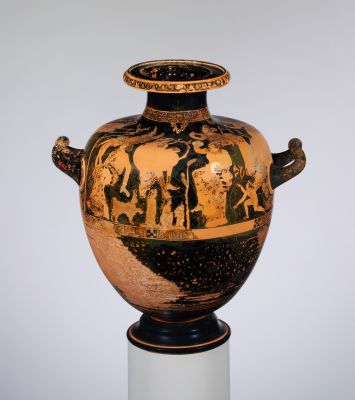
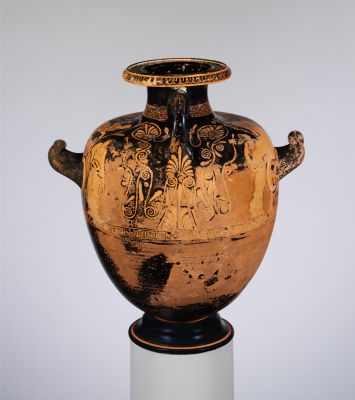
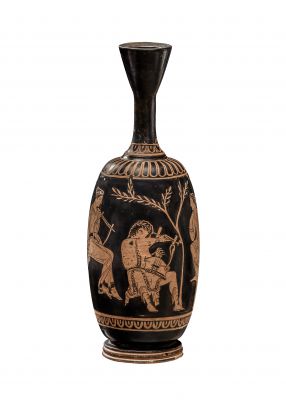
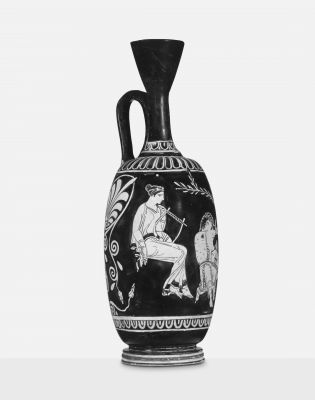
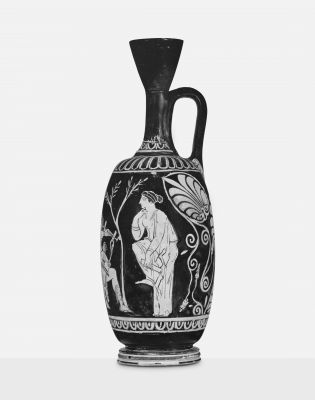
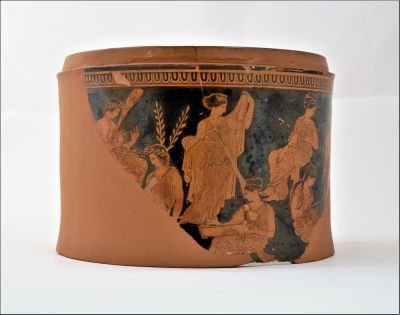
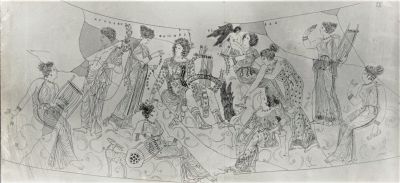
.jpeg)
